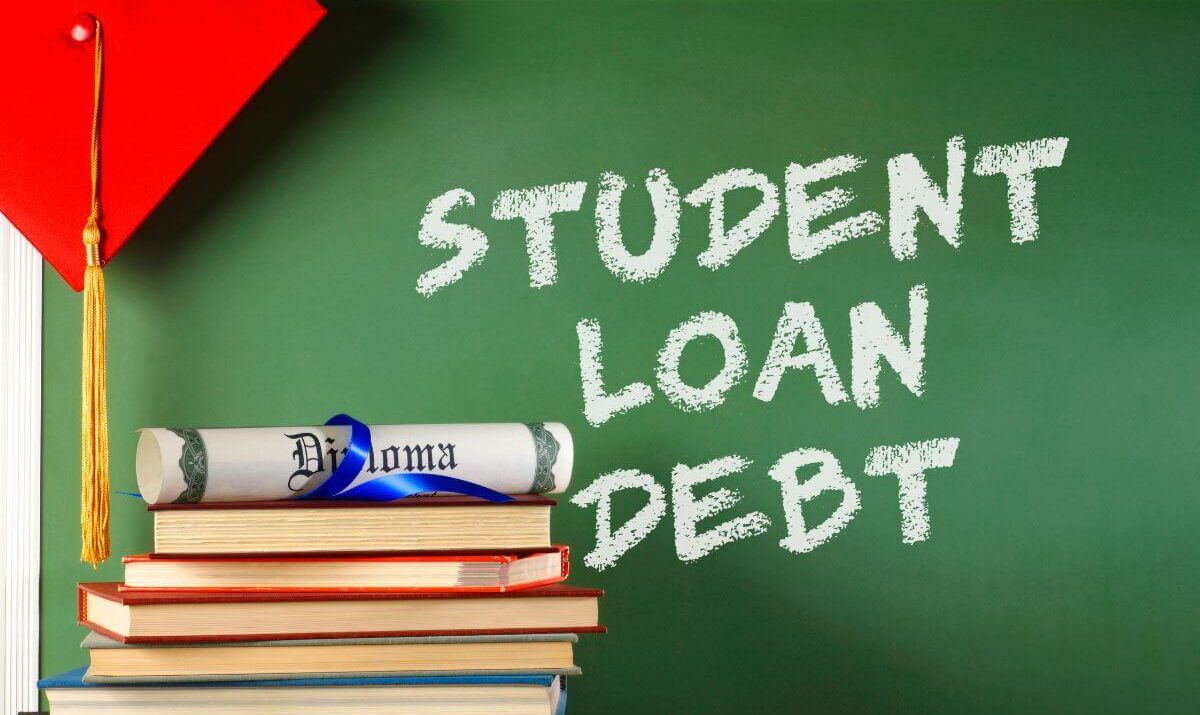According to the Federal Reserve Board, a total of 43 million borrowers in the US are collectively owing $1.74 trillion in student loan debt in 2024. This means that one in five Americans is owing student debt. According to experts, this debt has had several negative impacts on the economy and is stopping many young Americans from gaining financial independence. With such whopping numbers and adverse effects, it’s clear that major reforms are needed to make this debt burden more manageable for borrowers. So, what are some strategies experts have suggested for making student loan debt more manageable for borrowers?
Enroll More Borrowers in Income-Driven Repayment (IDR)
With an income-driven repayment plan, a borrower’s monthly student loan payment is determined based on their income. This plan provides the borrower a safety net where they can separate a reasonable percentage of their salary for loan repayment. And ultimately, if they pay consistently for 20 to 25 years, they may qualify for loan forgiveness.

However, only a small portion of borrowers are currently enrolled in IDR, and borrowers with low-income levels are least likely to participate. In fact, only 6% of borrowers from households making less than $12,500 per year are enrolled in IDR despite making up 18% of the total borrowers’ population.
Experts have suggested some strategies for increasing IDR participation. One option is to make it the default repayment plan instead of the standard 10-year plan, which is the current default. Another option is to consolidate the currently existing four different IDR plans into just one simplified, automatic IDR plan that all borrowers would use.
Others have also suggested making the terms of IDR more generous. This could include lowering the percentage of discretionary income that borrowers must pay each month and shortening the repayment period needed for student loan debt forgiveness to something less than 20 to 25 years.

Make Student Loan Debt Forgiveness Programs More Accessible
Programs like Public Service Loan Forgiveness (PSLF) are intended to incentivize careers in underpaid but vital public service fields. However, these programs have been extremely ineffective so far, with 99% of PSLF applications denied due to complex rules and requirements.
To fix PSLF, scholars have suggested expanding the types of jobs and employers that qualify and simplifying the approval process. They have also called for more supervision and transparency in these programs. Many suggest considering offering forgiveness over time rather than an all-or-nothing arrangement. Some experts expect that executing similar changes on existing teacher loan forgiveness options will help teachers trying to pay off their loans as well.
Reduce the Burden of Interest
Many borrowers express frustration that their monthly payments go mostly towards interest charges rather than paying down their actual principal loan balance. Even if the interest rate is low, it can still hike the loan amounts over time if the interest starts compounding.
Some experts suggest capping or eliminating interest altogether. Without interest, borrowers can focus on paying off their principal loan, and they will be able to pay off their debts faster. Other solutions include preventing interest capitalization for loans in deferment/forbearance and establishing interest-free grace periods after graduation.

End Punitive Loan Servicing Practices
Although policymakers and scholars hold various positions on the best strategies for addressing unmanageable student loan debt, they agree on the reasons why the loans are unmanageable in the first place. One reason is that the student loan process and repayment plans are typically complicated and confusing, which is why many borrowers end up in plans that are not ideal for their financial situation. Of course, the result of that is that borrowers start defaulting.
Far too much effort is spent on punishing borrowers who have defaulted or fallen behind. Revoking licenses and withholding benefits only make it harder for distressed borrowers to get back on their feet and resume payments.
So, instead of these counterproductive tactics, experts suggest focusing on helping borrowers avoid default by guiding them more clearly and being more flexible with borrowers experiencing financial hardship.
Hold Colleges Accountable for Student Loan Debt
Many scholars have suggested that to prevent future students from taking on unmanageable debt, colleges need to be held accountable for producing graduates who can’t find gainful employment and repay their loans. Strong accountability standards should restrict federal funding from flowing to low-quality programs.
At the same time, colleges can work to keep costs down through measures like restricting excessive tuition increases and offering more need-based aid. Some experts also suggest cutting spending on greedy administrators and focusing the revenue on core educational services.

Target Forgiveness for Distressed Borrowers
The debate on wide-scale student debt cancellation remains a controversial proposal. However, experts have recognized a clear need for timely debt forgiveness for certain categories of distressed borrowers, including the following:
- Those who were defrauded or misled by predatory for-profit colleges
- Severely low-income borrowers enrolled in public assistance programs like SNAP, TANF, Medicaid
- Former Pell Grant recipients, through a retroactive grant increase
- Parent PLUS borrowers facing hardship










